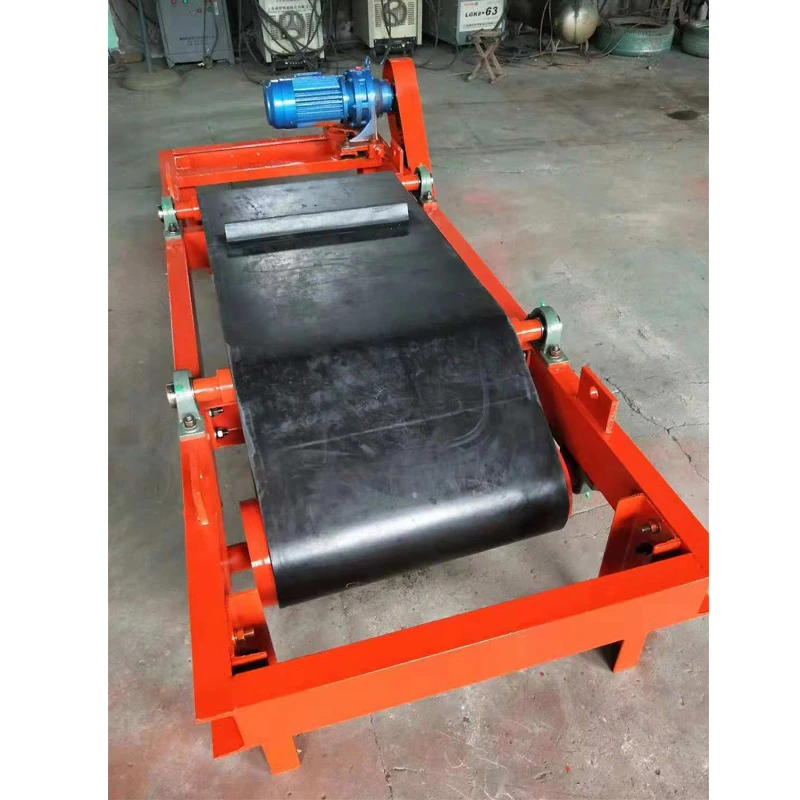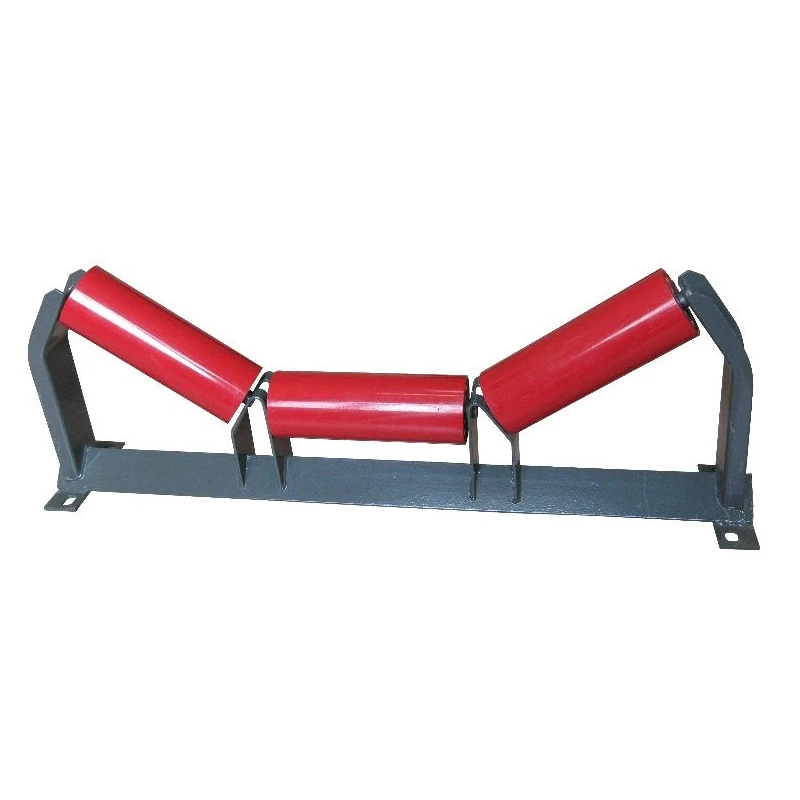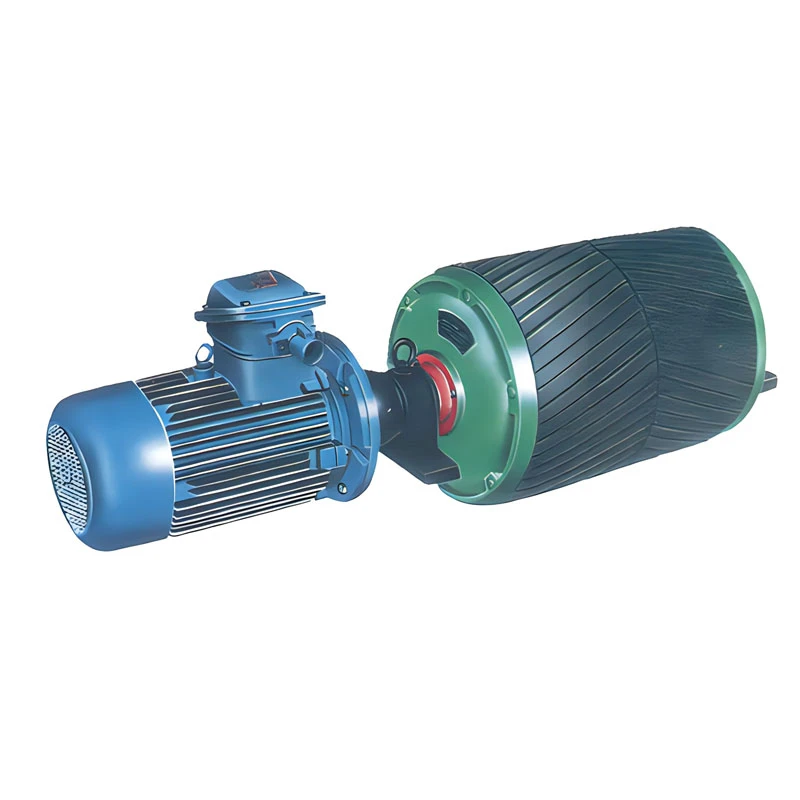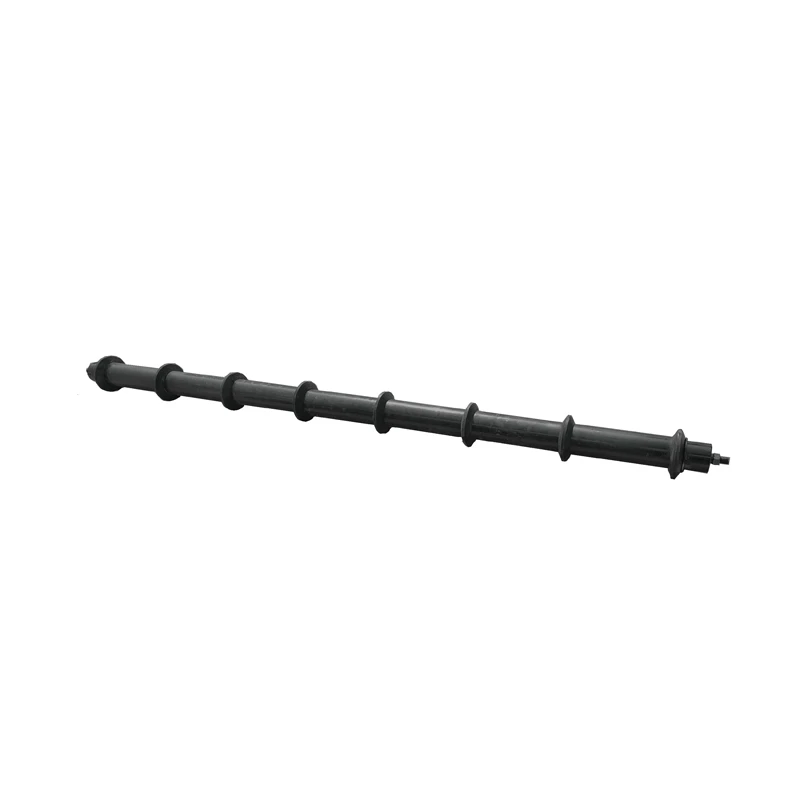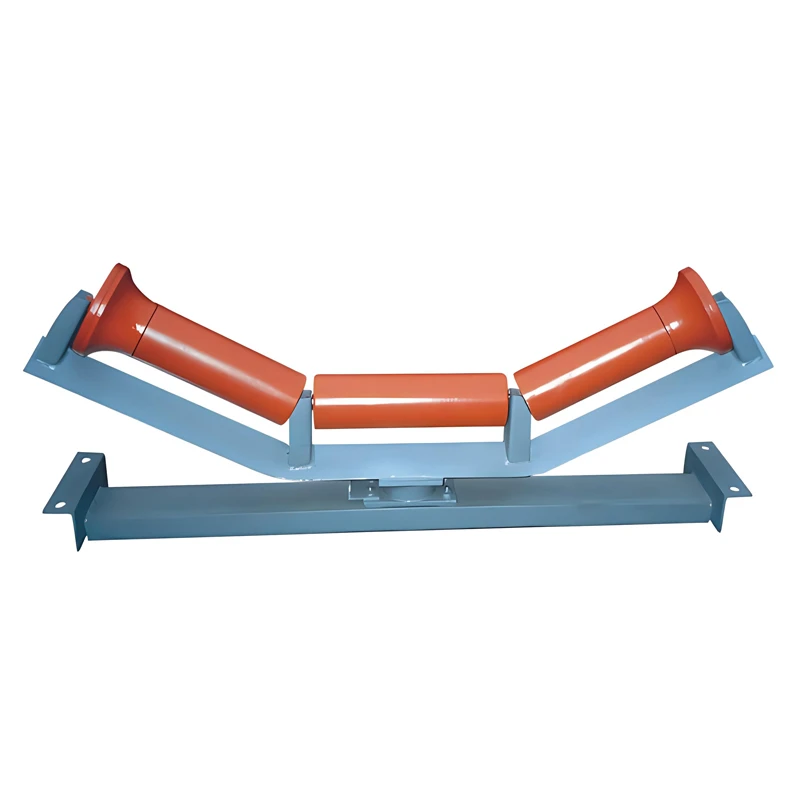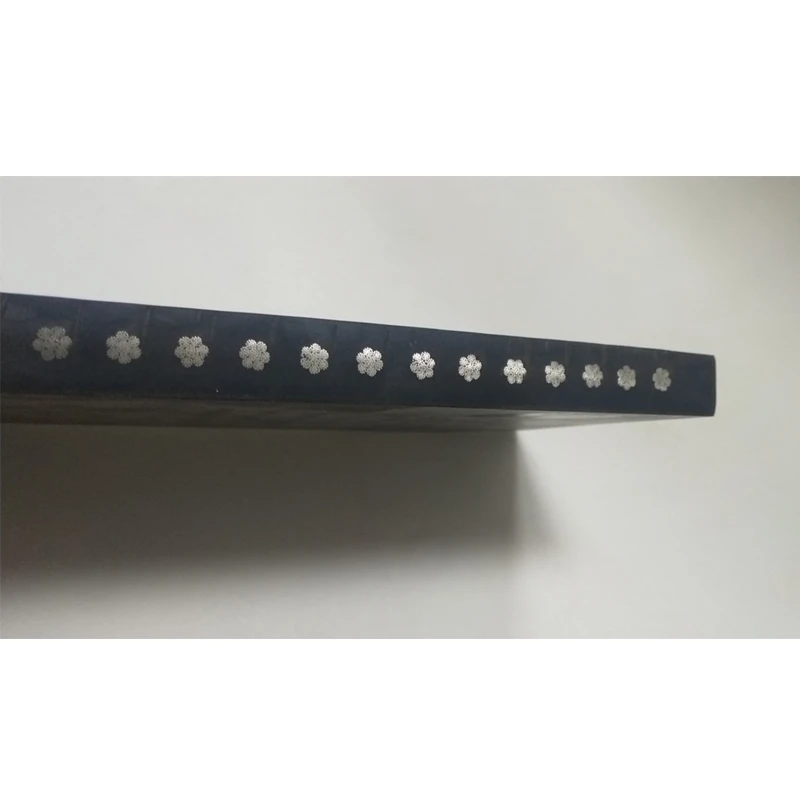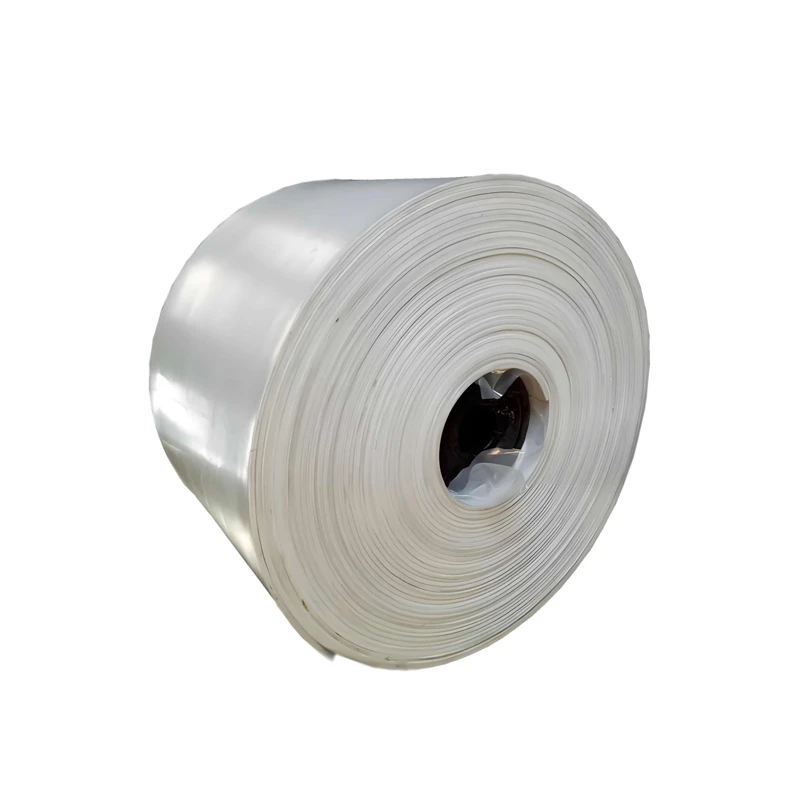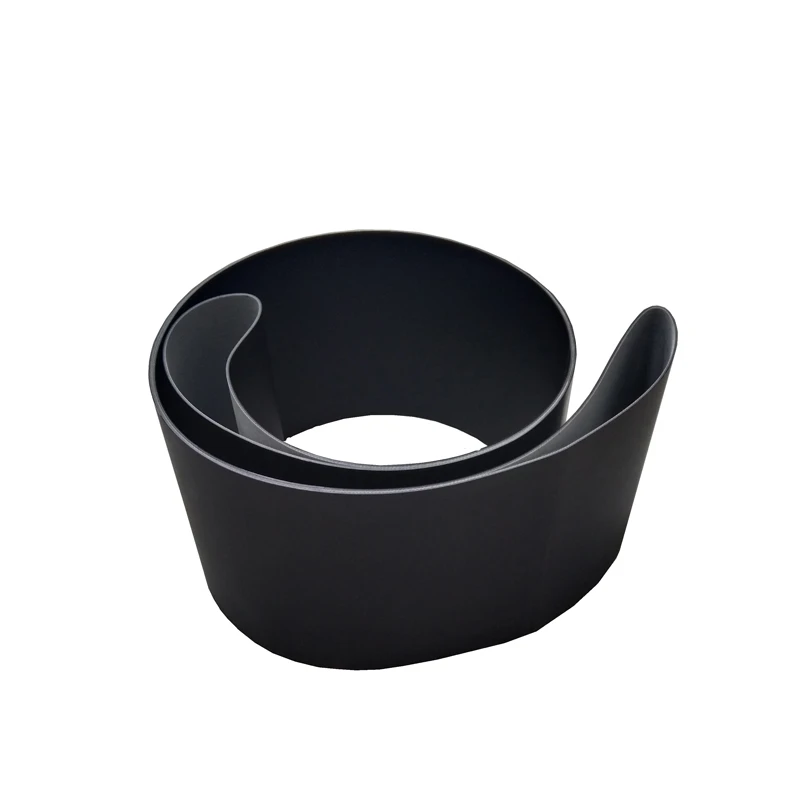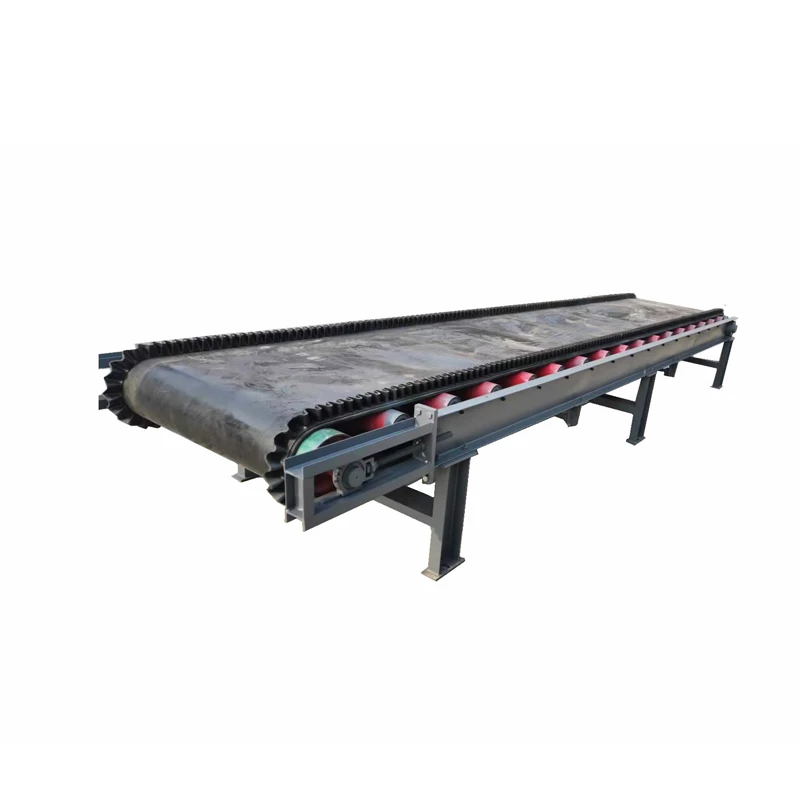- The Critical Role of Heat Resistant Conveyor Belts in Industry
- Decoding Heat Resistant Conveyor Belt Specifications
- Innovative Materials Driving Durability
- Factors Influencing Heat Resistant Conveyor Belt Prices
- Comparative Analysis of Leading Global Suppliers
- Customization Capabilities for Complex Operations
- Proven Applications Across Key Industrial Sectors
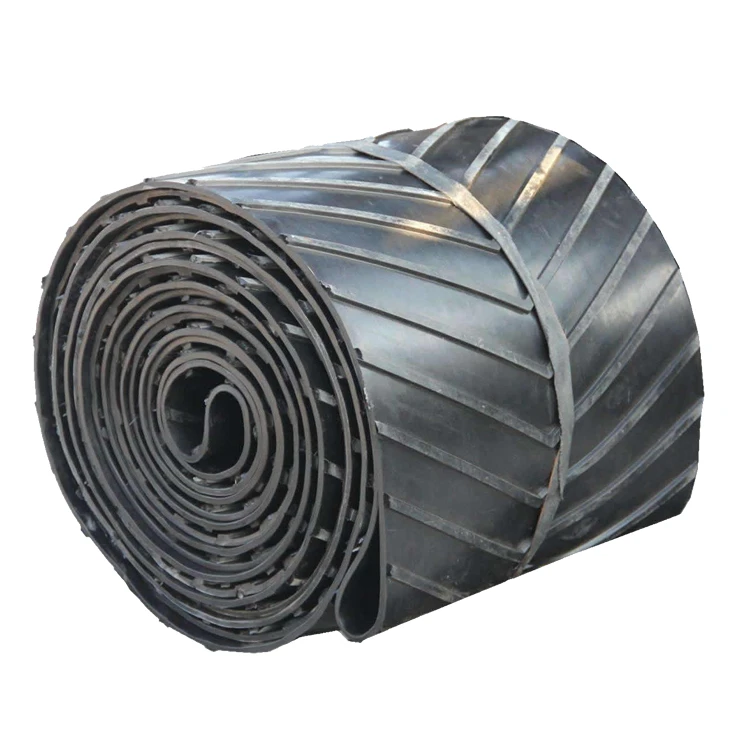
(heat resistant conveyor belt supplier)
The Critical Role of Heat Resistant Conveyor Belt Suppliers in Modern Industry
Industrial operations regularly handling materials exceeding 300°F require specialized material transport solutions. High-temperature conveyor systems prevent premature failure in industries like cement manufacturing (where temperatures reach 750°F), metal processing (1,000°F furnace discharge), and power generation. Statistics indicate material degradation causes 34% of unplanned conveyor downtime in thermal processing facilities, costing $12,000-$18,000 per hour in production losses. This operational reality underscores why sourcing from specialized heat resistant conveyor belt supplier
s remains mission-critical for heavy industries requiring continuous material flow under thermal stress.
Understanding Conveyor Belt Specifications for High-Temperature Applications
Heat resistant conveyor belt specifications encompass multiple performance variables essential for safe operation. Key technical parameters include:
- Temperature rating: Categorized by resistance classes (HR = 300-365°F, SHR = 365-410°F, VHR = 410-500°F+)
- Cover compound thickness: Standard 3/16" to custom 1/2" rubber covers
- Tensile strength: Multi-ply designs from 200 PIW to 1,600 PIW
- Air permeability:
- Abrasion resistance: DIN/ISO abrasion loss rates below 100mm³
Differential thermal expansion rates between fabric plies and rubber covers typically range from 7.8×10⁻⁶ to 13×10⁻⁶/°F, necessitating advanced vulcanization techniques to prevent layer separation. International standards including ISO 4195, RMA Class T, and AS 1333 ensure consistent performance benchmarks globally.
Innovative Materials Driving Durability in Extreme Conditions
Progressive heat resistant belt manufacturers incorporate advanced composites to overcome material limitations:
- Reinforcement fabrics: Aramid fibers with tensile strength 800 kN/m outperforming standard EP 400 fabrics by 68%
- Cover compounds: EPDM/SBR blends with residual elongation rates below 10% after 72h at 392°F
- Interlayer adhesives: Thermoset polymers maintaining bond integrity at 500°F
- Surface treatments: Ceramic-impregnated top covers reducing wear rates by 40%
Material innovations extend operational lifetimes by 300% compared to standard belting in conditions involving hot clinker transport, where untreated rubber degrades within 3-6 months. Laboratory aging tests show advanced compounds retain over 85% of tensile strength after 1,000 hours at 450°F.
Financial Analysis: Heat Resistant Conveyor Belt Price Structures
Investment costs vary significantly based on technical specifications and material science:
- Standard HR belts: $15-$22 per linear foot for 48" widths
- SHR formulations: $24-$38 per linear foot with ceramic additives
- Custom VHR belts: $45-$80+ per linear foot for >450°F resistance
- Premium composites: +18% cost for carbonized fabric integration
Operational economics demonstrate superior ROI despite higher initial costs. Aluminum production facilities report 26-month payback periods when upgrading to specialized belting, reducing replacement frequency from biannual to 5-year cycles. This represents a 72% reduction in total ownership costs over a decade.
Global Supplier Landscape: Technical Comparison Analysis
| Manufacturer | Max Temp | Cover Compounds | Service Life | Certifications |
|---|---|---|---|---|
| ThermoBelts International | 572°F | Proprietary CeraShield | 24-32 months | ISO 14890, RMA Grade 7 |
| PyroConvey Systems | 500°F | VulcoTec EP75 | 18-26 months | DIN 22102, AS 1332 |
| HeatMaster Global | 572°F | TitanShield CS | 22-28 months | MSHA, ATEX Zone 1 |
| EuroTherm Solutions | 446°F | PyroRubber HR | 14-20 months | EN 14973, EN ISO 340 |
Leading suppliers typically dedicate 8-15% of R&D budgets to thermal performance innovations. Third-party validation from Smithers Laboratories confirms top-tier products deliver 18% greater longitudinal flexibility at 400°F than industry standards.
Customization Capabilities for Complex Industrial Operations
Specialized heat resistant belt suppliers provide engineered solutions addressing unique constraints:
- Geometry adaptations: Cleated designs with ≤85° incline capability
- Structural reinforcement: Steel cord integration for 1,500 PIW tension in kiln applications
- Compound modifications: Oil-resistant EPDM blends for coke handling facilities
- Specialized profiles: Chevron patterns ≤50mm for steep slag conveyance
Custom solutions account for 35% of premium supplier revenues, with lead times ranging from 14-30 days. Pre-installation thermal modeling predicts belt behavior under actual operating conditions, reducing commissioning delays by 60%.
Global Industrial Applications of Advanced Heat Resistant Conveyor Belts
Leading heat resistant conveyor belt suppliers demonstrate documented success across industries:
- Steel production: Continuous caster systems moving 4,300°F slag with VHR belts lasting 3 years
- Cement manufacturing: 7,500 TPD plants reporting 94% conveyor availability with ceramic-reinforced belting
- Power generation: Bottom ash systems achieving 28-month service intervals at 0.25% elongation rates
- Glass manufacturing: Annealing lehr conveyors maintaining ±0.1" tracking accuracy at 900°F
Performance data confirms thermal specialists' products increase throughput reliability by 40% in demanding applications while simultaneously reducing energy consumption by 3.2 kW/m through optimized friction coefficients. This dual benefit establishes why industrial operators increasingly partner with specialized heat resistant conveyor belt suppliers for operations beyond 350°F.
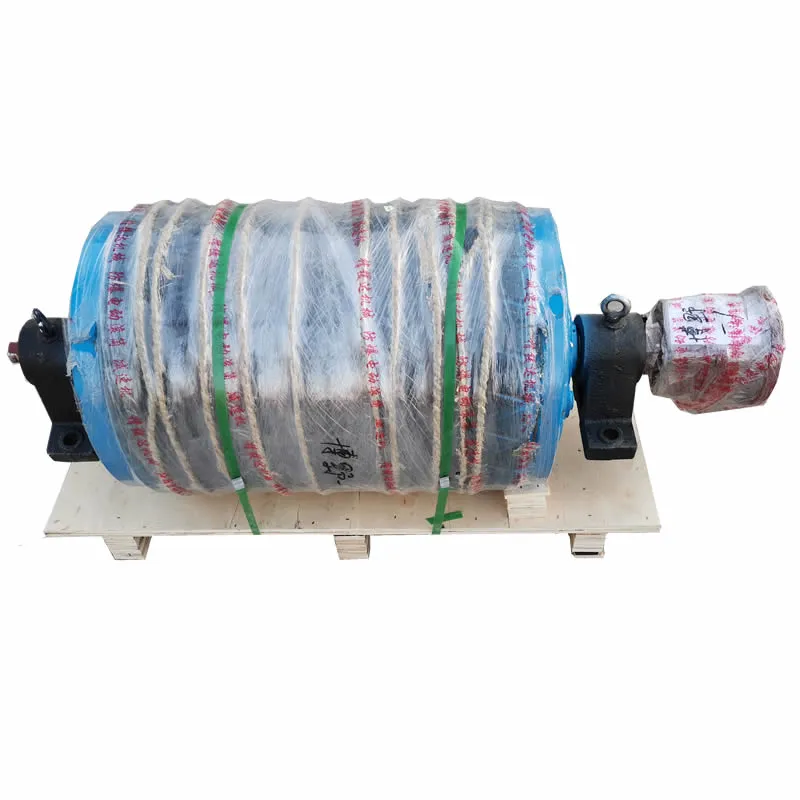
(heat resistant conveyor belt supplier)
FAQS on heat resistant conveyor belt supplier
Q: How do I select a reliable heat resistant conveyor belt supplier?
A: Choose suppliers with proven industry experience and certifications like ISO. Review client testimonials and product guarantees to ensure quality and reliability.
Q: What key specifications define a heat resistant conveyor belt?
A: Essential specs include maximum temperature tolerance, belt thickness, and material composition. Also, check for attributes like cover grade and tensile strength.
Q: What factors influence heat resistant conveyor belt prices?
A: Prices vary based on material quality, belt dimensions, and order quantity. Higher resistance levels or custom specifications may increase costs.
Q: Where can I find suppliers offering tailored heat resistant conveyor belt specifications?
A: Look for specialized industrial suppliers online or at trade shows. Ensure they provide detailed quotes based on temperature needs and application requirements.
Q: How do supplier choices impact heat resistant conveyor belt price and specs?
A: Reputable suppliers offer competitive pricing and customizable specs like heat range. Compare options for the best cost-benefit balance.

